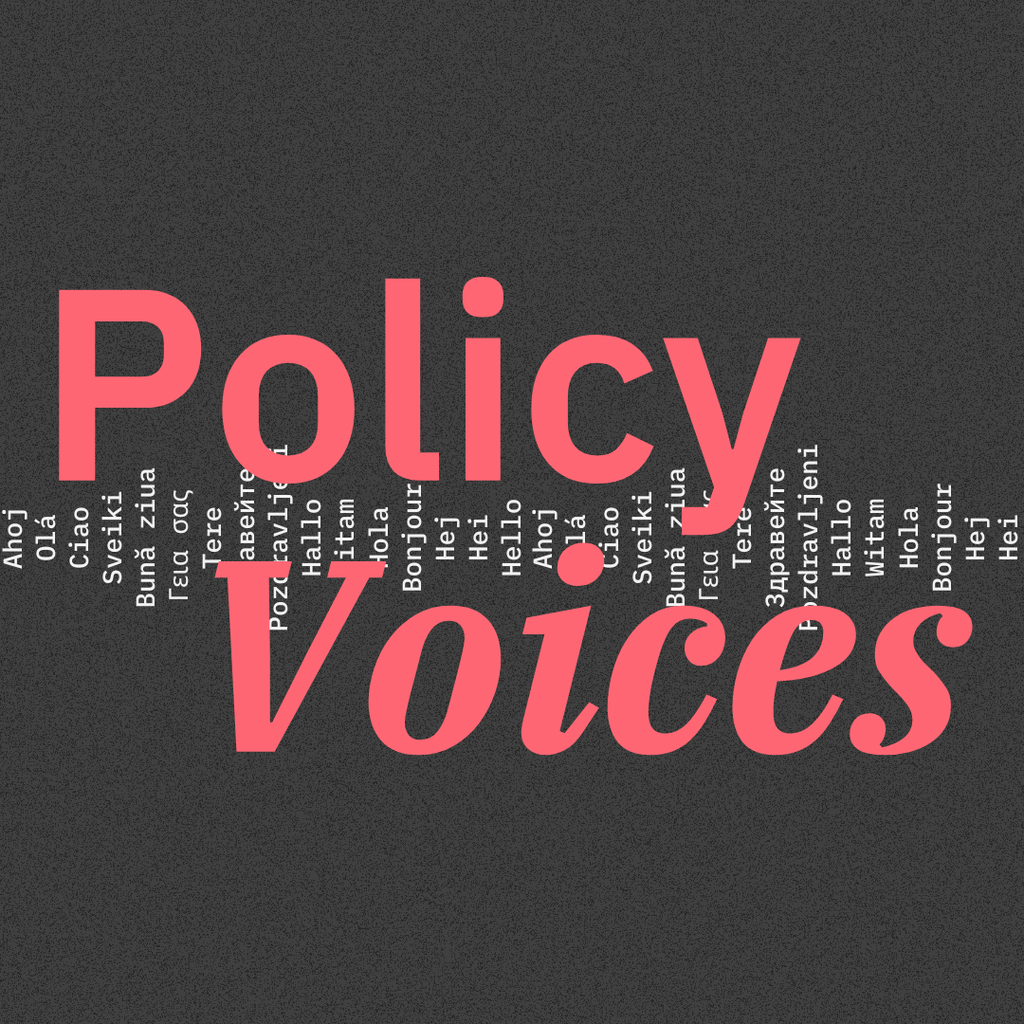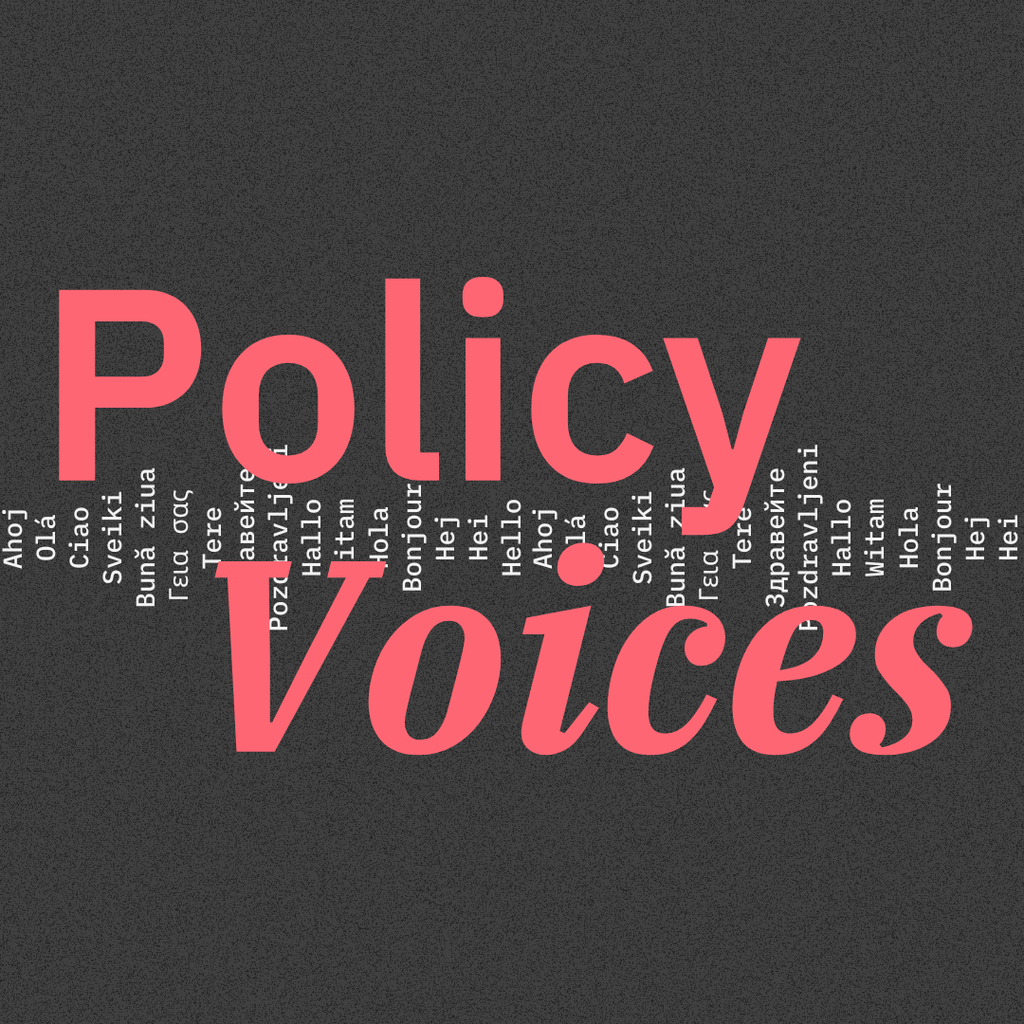Europe-China Forum
Next event In person & livestreamed

- Area of Expertise
- Global Europe
Global Europe

Professor at the Institute of Belt and Road Initiative & Global Governance at Fudan University
China and the EU have had four rounds of talks over their bi-lateral investment treaty (BIT), and it’s already being seen as something of a milestone; it is the EU’s first stand-alone bi-lateral investment treaty since the Lisbon treaty gave Brussels the necessary powers.
The BIT contains investment protection elements and substantial market access provisions, and comes at a critical time for both sides. Chinese investors are anxious to make greater commitments in Europe, while a good many European countries badly need capital inflows to spur their stagnating economies.
For Beijing, the BIT agreement would help to streamline the twenty-six bi-lateral investment treaties that China has now signed with most EU members. This would benefit China because it would establish uniform rules on market access and significantly remove barriers to the EU’s single market. Chinese companies also want the advanced technologies and management expertise that they themselves lack, while, many also want to learn the rules the West plays by.
The EU-China BIT would do much to help reform-minded Chinese leaders review the country’s methods for vetting foreign investments and instead a liberal foreign direct investment (FDI) system. This would help China move towards a more open economy and a new approach to development. As more and more foreign companies become established in the Chinese market, intensifying competition should improve both the management and the technologies of their Chinese counterparts, thus improving their competitiveness.
As for the EU, a greater inflow of Chinese capital could help to ease the pressures on the European economy. This BIT could serve as a stepping stone towards an EU-China free trade agreement (FTA), and China already wants to start such by way of a joint feasibility study. An ideal scenario would be for China that negotiations on both an FTA and the BIT should go hand-in-hand. With the Trans-Pacific Partnership (TPP) involving the U.S. and the U.S.-EU Transatlantic Trade and Investment Partnership (TTIP) negotiations already well under way, China’s proposal of an early FTA with the EU is being motivated by geopolitical considerations as well as economic benefits. In a broad sense, this investment treaty is contributing to a gradual unification of international investment rules, and so will promote the liberalisation of international investment and trade.
But of course there will be problems along the way. One is China’s current foreign investment administration regime, which requires all foreign investments to go through the Chinese government’s examination and approval process. This review process therefore limits the amount and proportion of investments, and the industries that can be invested in.
To ensure that the negotiations proceed smoothly, and to avoid any new tensions, China and the EU need a frequent exchange of views on the negative list. Market access and relevant rule requirements must be clear and explicit
The reform-minded Chinese leadership is thinking of introducing a fundamental change in China’s whole foreign investment regime, the core of which is to establish a “negative list” system, which exempts the potential foreign investments from the reviewing and approval process provided these investments are not in the fields listed in the negative list. The negative list, sometimes called the “black list”, spells out all the fields and industries where foreign investments cannot be made. As an experimental field, Shanghai Free Trade Zone (FTZ) has been established where the negative list system has been already applied for foreign investments. Shanghai FTZ experience will be gradually copied to other selected provinces and cities in the future.
The EU is now urging a negative list to be used in negotiating market access for the whole of China, which fits the interests of European industries. China has promised a “negative list”, but its scope and intricacy is going to be difficult. There will surely be domestic resistance on both sides while the gap in terms of development and economic structures between the two will mean very different development needs. That could create fresh tensions.
The EU is a global leader in fields like services, industrial design and high-end manufacturing, and attaches great importance to labour rights and environmental protection. China, as the world’s largest manufacturing nation, hopes to remove investment barriers to the EU market. So it is likely that China and EU will draw up very different negative lists to protect their industries and further their own interests. These differences are the chief obstacle in the negotiations.
With the negotiations on the text of the BIT treaty to be the base for detailed discussions on the negative lists – both sides having put market access and negative list at the top of their agendas –, the primary focus of the BIT will traditionally be on investment protection. As the U.S.-China and the EU-China BITs share a number of similarities, we can get some idea of the demands being made by the EU from the position Washington negotiated with Beijing.
The EU’s position will probably be that first there should be investment protection, and second that China should apply the negative list model (including pre-established national treatment). Also, China will be asked to improve its labour rights and environmental protection standards. And the EU and China will also need to reach agreement on a dispute settlement system, and here the EU’s previous practice has been to include an investor-state dispute settlement mechanism. So, it is expected in Beijing that the EU will table four requirements: Use of the negative list model to manage foreign investment; improving the transparency of China’s state-owned enterprises; raising the standards of workers’ right and environmental protection; and establishing a suitable trade dispute settlement system.
Both sides need to be patient and have strategic vision. The negotiations promise a win-win future, but it may still take a long time for a final agreement to be reached
In its investment negotiations with both the U.S. and the EU, Beijing has agreed on the negative list model. It is seen as a significant breakthrough in China’s foreign investment regime, and follows China’s 2001 membership of the WTO. It offers a new method for bi-lateral investment negotiations, and it will have a profound impact on China’s domestic investment administration regime.
China’s state-owned enterprises are important to the country’s outward investment strategy, and have played a leading role in shaping it. But their investment ambitions are often impeded by western countries that invoke national and economic security considerations. The EU has therefore been monitoring closely the Chinese government’s neutrality when companies’ competitiveness might be affected. This will be another major challenge to the BIT negotiations and may yet result in anti-trust cases being filed against state-owned Chinese enterprises.
As a still-developing country, China has difficulty in finding the right balance right between encouraging rapid industrial growth and improving labour rights and environmental protection. China’s labour and environmental protection standards are consequently still insufficient and incomplete when compared to those of western countries. That’s why Chinese corporations are often accused of violating labour laws when they invest overseas, and these different standards are among the things the EU cites when seeking to restrict China’s investment and further market access in Europe.
To ensure that the negotiations proceed smoothly, and to avoid any new tensions, China and the EU need to work closely together on a number of issues: First, they need a frequent exchange of views on the negative list. Market access and relevant rule requirements must be clear and explicit. Industry and regulatory standards and the national security processes of the two partners must also be co-ordinated.
Second, both parties need to set aside irrelevant political issues throughout the negotiations. China differs from the West in many ways, including ideology, societal values and corporate culture. China’s economic performance has been a global game changer, and that has led to greater vigilance by other countries regarding China’s state-owned enterprises. For its part, China complains about the so-called “China Threat” theory and discriminatory policies that impede China’s international trade and economic activities.
These tensions mean that to ensure its success, it will be advisable if the investment treaty negotiations keep a low profile. Both sides need to be patient and have strategic vision. The negotiations promise a win-win future, but it may still take a long time for a final agreement to be reached.
The EU-China BIT negotiations will run parallel to China’s talks on a BIT with the U.S., so the tricky question will be which is to finish first. The U.S. and the EU are both ambitious in terms of opening up their markets, but America’s global hegemony makes it fascinating to see whether the EU can prevail over, or at least match, the U.S. in terms of results vis-à-vis China. The EU-China BIT is much more than a purely economic exercise, for it involves politics and power.
The article was written jointly with Li Xiaoyue and Wu Youyou, Wuhan University.
Next event In person & livestreamed

Past event

Past event Online

Past event IN PERSON & ONLINE





Stay informed
We use cookies and similar technologies to adjust your preferences, analyze traffic and measure the effectiveness of our campaigns. Learn more about our privacy policy.